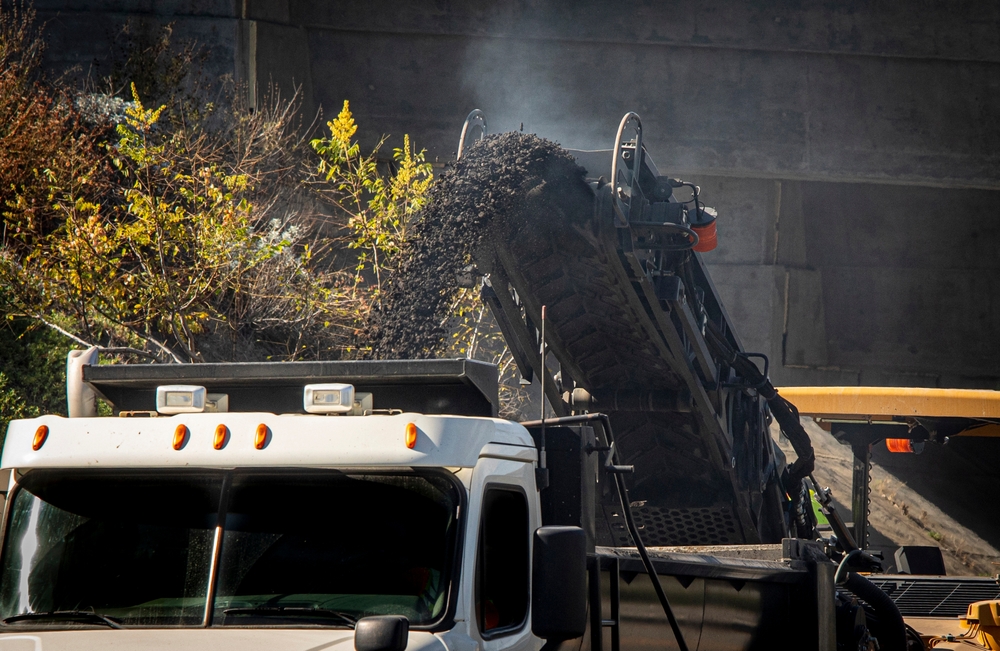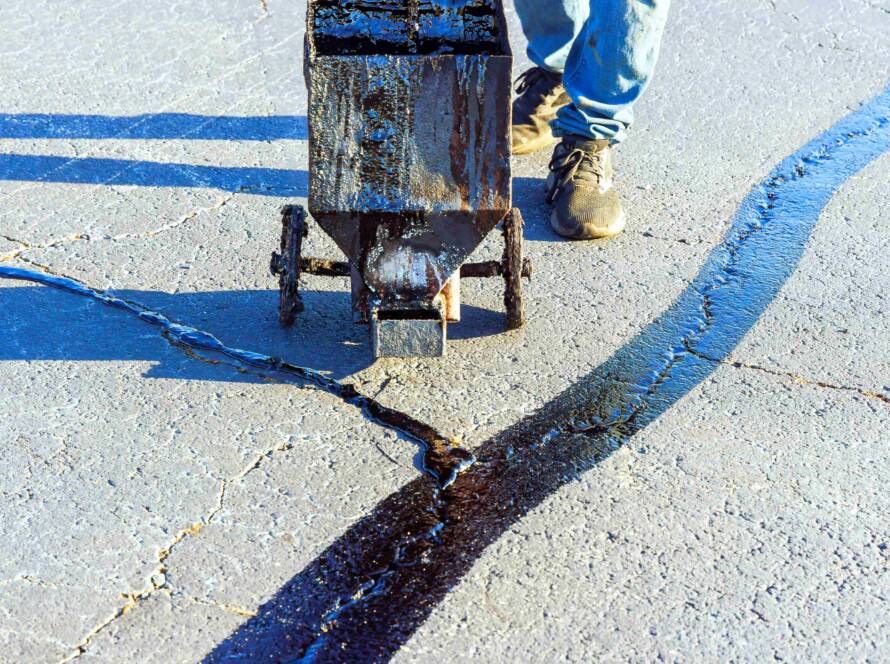Planning a Resurfacing Project: What You Need to Know
Resurfacing a driveway, patio, or other outdoor surface can dramatically improve the appearance and functionality of your property. However, before diving into such a project, it’s essential to understand the process, materials, and considerations involved. This guide will help you navigate the planning stages of your resurfacing project.
Assessing Your Surface
Before beginning your resurfacing project, take the time to assess the current condition of your surface:
- Inspect for cracks, potholes, or other damage
- Determine the extent of the damage and whether resurfacing is sufficient or if a full replacement is necessary
- Consider the age of the surface and its overall wear and tear
A thorough assessment will help you determine the scope of your project and the materials needed.
Choosing the Right Material
There are several materials to choose from when resurfacing your outdoor surface:
1. Concrete: Durable, low-maintenance, and versatile
2. Asphalt: Cost-effective and quick to install
3. Pavers: Offer a wide range of design options and can be easily repaired
4. Natural stone: Provides a high-end look but can be more expensive

Consider factors such as budget, aesthetic preferences, and the intended use of the surface when selecting your material.
Preparing for the Project
Before work begins, there are several steps you should take to ensure a smooth resurfacing process:
1. Obtain necessary permits: Check with your local government to see if any permits are required for your project
2. Notify neighbors: Let your neighbors know about the upcoming work and any potential noise or disruption
3. Clear the area: Remove any vehicles, furniture, or other items from the surface to be resurfaced
4. Address drainage issues: Ensure proper drainage to prevent water from pooling on your newly resurfaced area
Hiring a Contractor vs. DIY
Deciding whether to hire a professional contractor or take on the resurfacing project yourself is a crucial consideration:
- Hiring a contractor: Ensures expert workmanship, saves time, and often comes with a warranty
- DIY: Can be more cost-effective but requires significant time, effort, and knowledge
“Resurfacing projects can be complex and labor-intensive. Unless you have experience with such projects, it’s often best to leave it to the professionals.” – John Smith, Landscaping Expert
Maintenance and Upkeep
To ensure the longevity and appearance of your newly resurfaced outdoor area, regular maintenance is key:
- Seal concrete and asphalt surfaces every few years to protect against weathering and stains
- Remove stains promptly to prevent permanent discoloration
- Fill cracks or gaps as soon as they appear to prevent further damage
- Sweep and clean the surface regularly to remove debris
By following these maintenance tips, you can keep your resurfaced area looking great for years to come.
Conclusion
Planning a resurfacing project requires careful consideration of your surface’s condition, material options, preparation steps, and whether to hire a contractor or take on the project yourself. By understanding these factors and following proper maintenance techniques, you can ensure a successful resurfacing project that enhances the beauty and functionality of your outdoor space.



